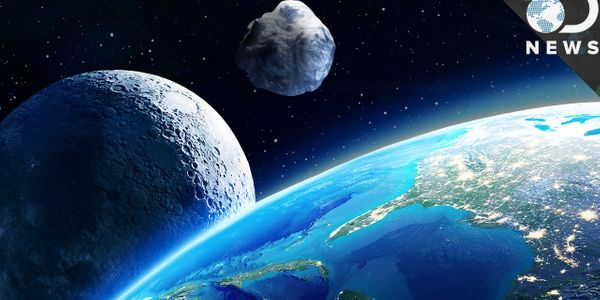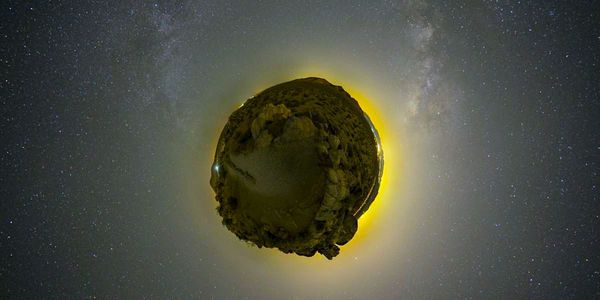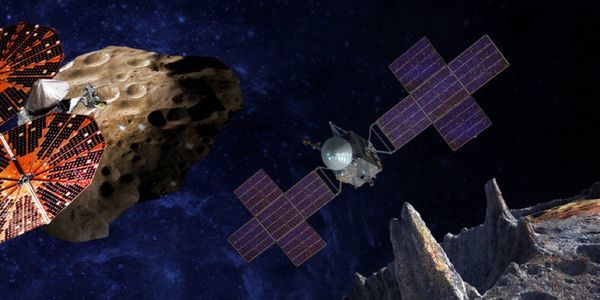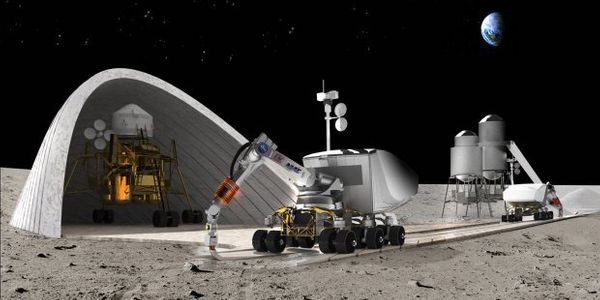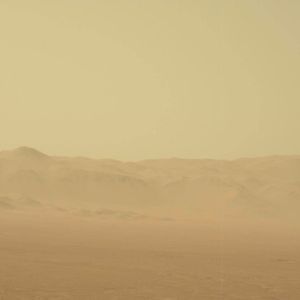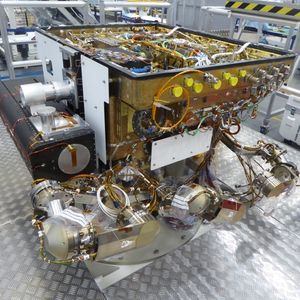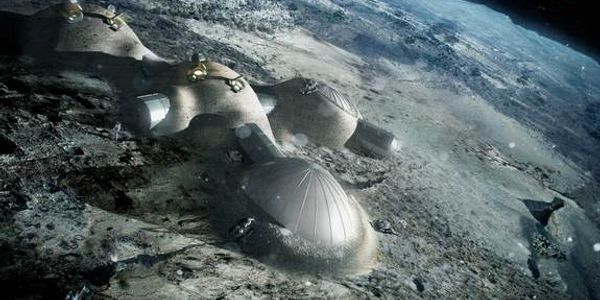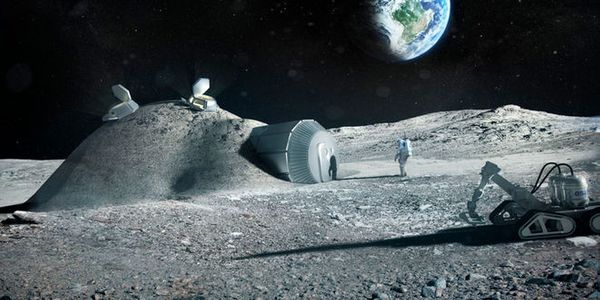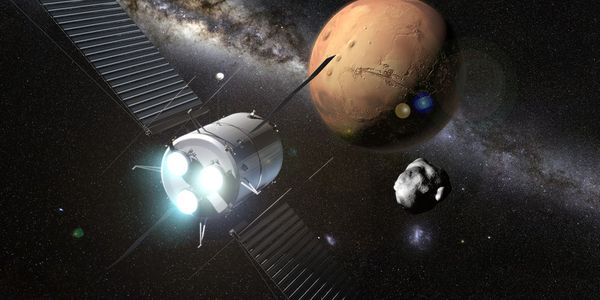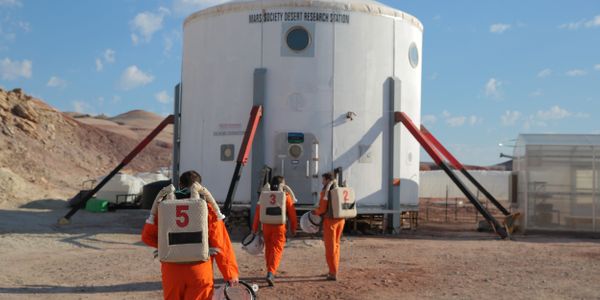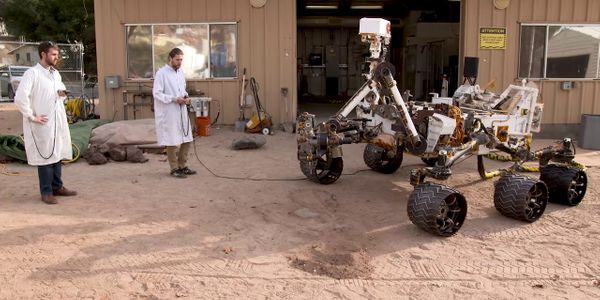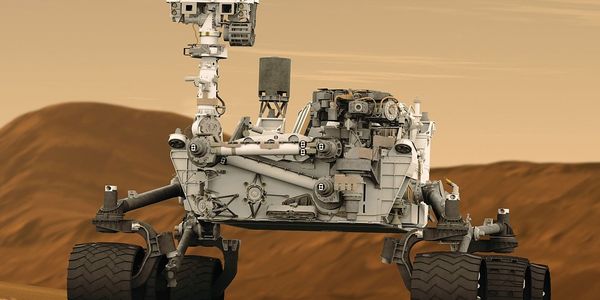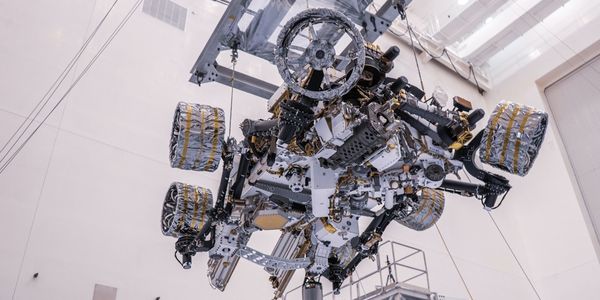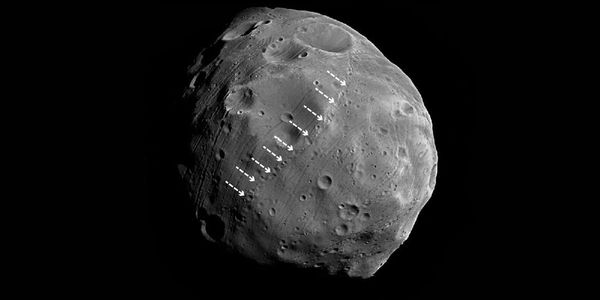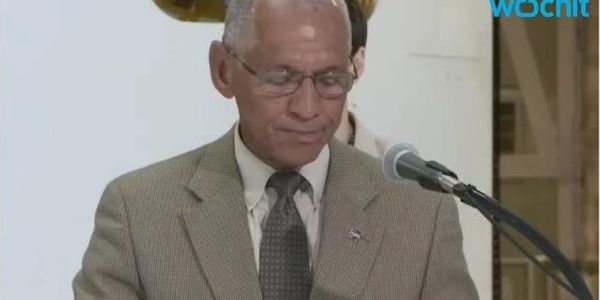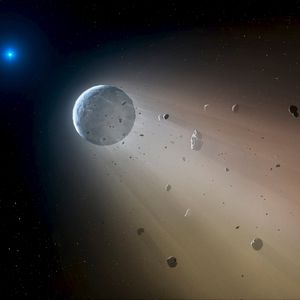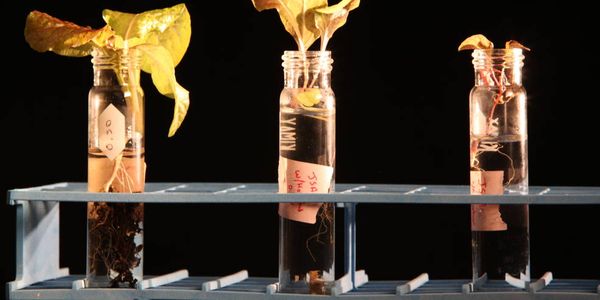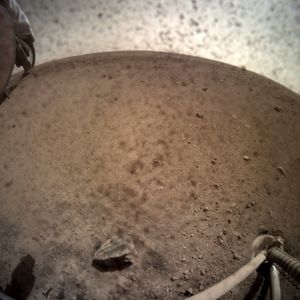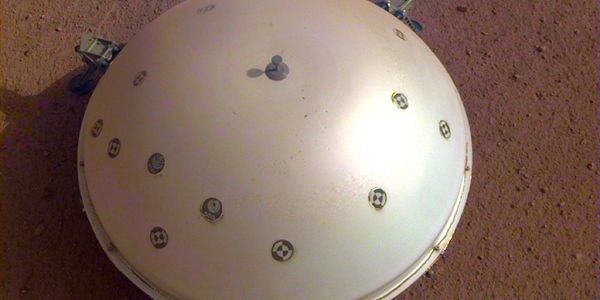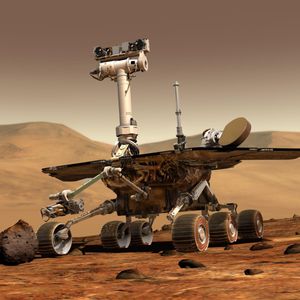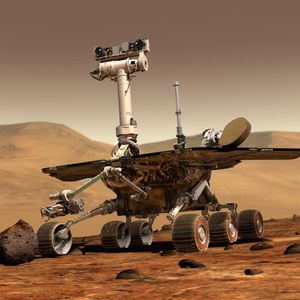Showing 6253 Results
SEARCH
Webinars
(17)
Virtual Events
(15)
Trending News
(768)
Content Tags
(3)
Users
(5423)
Scientific Products
(27)
-
MAY 08, 2017VideosNASA is planning an Asteroid Redirect Mission (ARM) with the purpose of giving our moon its own moon in order to study and practice for future Mars mission
-
JUL 30, 2020Space & AstronomyDuring a project sponsored by Space India and NASA, two schoolgirls aged 14 in the 10th grade discovered an asteroid near Mars that appears to be h
-
SEP 15, 2019Space & AstronomyNASA’s Psyche mission will investigate the properties of a unique metallic asteroid residing between Mars and Jupiter as it orbits the Sun. I
-
MAY 18, 2015Space & AstronomySo we're going to Mars, at some point. Well, once we get there we're going to need habitats, as in housing that's air tight and well insulted. And if it co
-
Back in June, Mars became enveloped by a planet-wide dust storm. The dust from the storm blocked so much sunlight that NASA felt compelled to put its solar
The European Space Agency plans to send its ExoMars rover to Mars in 2020 to explore the red planet’s surface for signs of past (or present) life.
JAN 05, 2016
Space & Astronomy
We all know by now that NASA wishes to create a habitable environment on Mars for humans, but the limited funds and lack of technology at this day and age
NOV 19, 2016
Space & Astronomy
While some are interested in colonizing Mars by sending astronauts there to reside permanently, Russia seems to be instead be taking an interest in utilizi
AUG 17, 2016
Space & Astronomy
It’s on the to-do list of space agencies and major commercial space companies to try and put mankind on Mars sometime in the next few decades, but th
JUN 10, 2017
Space & Astronomy
Scientists and astronauts-to-be alike use the MDRS (Mars Desert Research Station) habitat in the middle of the Utah desert to study what it’s like to
MAR 15, 2015
Space & Astronomy
It's strange to think that a man who went to the moon and wants to colonize Mars could be delayed by some snow.But Buzz Aldrin did get stuck in snow - or t
SEP 30, 2019
Space & Astronomy
Innumerable amounts of asteroids exist in the asteroid belt that resides between Mars and Jupiter in orbit around the Sun, but one specimen in part
FEB 28, 2018
Videos
NASA's Curiosity rover sports a unique drilling tool that lets the SUV-sized Mars exploration vehicle sample the red planet's rock and so
FEB 10, 2019
Space & Astronomy
Although NASA hasn’t heard back from its Opportunity rover since a dust storm enveloped the planet of Mars last year, the space agency&r
MAR 12, 2023
Space & Astronomy
Biosignature probability maps from convolutional neural network models and statistical ecology data. The colors for a) indicate the statistical probabi
APR 26, 2020
Space & Astronomy
Engineers at NASA’s Kennedy Space Center in Cape Canaveral, Florida has been working tirelessly over the past several works in an effort to add finis
APR 03, 2023
Space & Astronomy
A $615,000 research grant has been awarded to the University of Texas at El Paso to examine the potential of using 3D-printing technology to develop rechar
SEP 11, 2016
Space & Astronomy
A team of researchers from UC Santa Cruz, led by Michael Nayak, have been studying the strange chain of craters that appear on the surface of Mars’ c
NOV 05, 2015
Videos
What little kid hasn't dreamed of being an astronaut? Well, now someone's dream is going to come true. NASA announced they will be recruiting another class
MAY 29, 2019
Space & Astronomy
SpaceX CEO Elon Musk has a long-term goal of sending humankind to Mars such that we can colonize the red planet and exist in more places in our sol
JUL 30, 2024
Space & Astronomy
Did Mars once have life billions of years ago? This is what NASA’s Perseverance (Percy) rover hopes to figure out, and scientists might be one step c
Asteroids, which are typically found between Mars and Jupiter in the asteroid belt of our solar system, can sometimes become nudged out of their typical or
